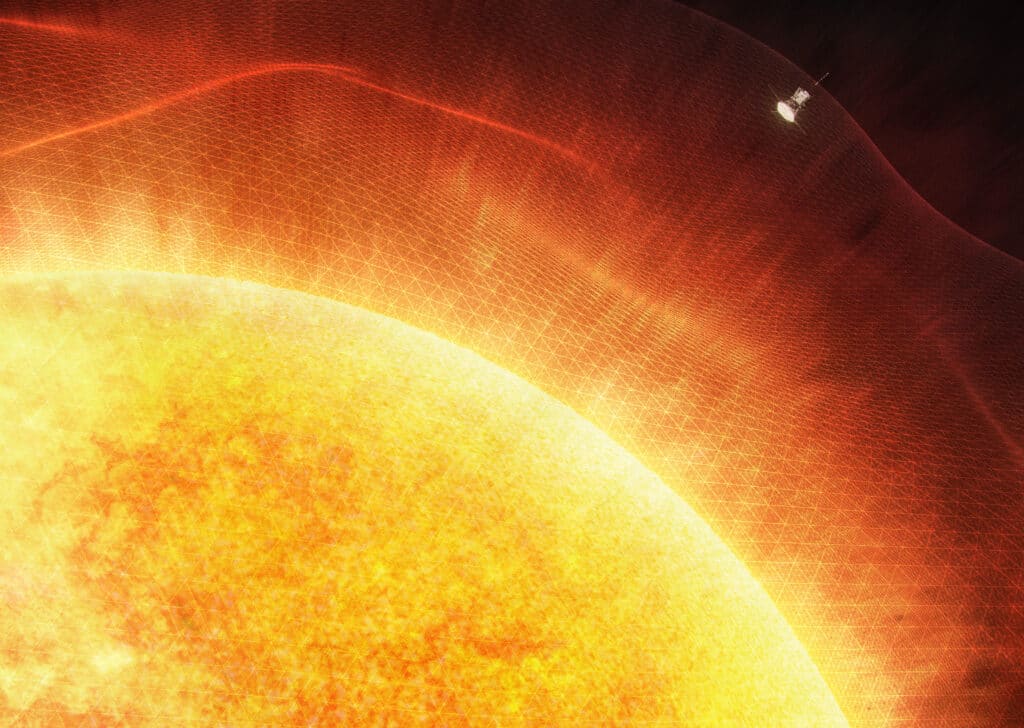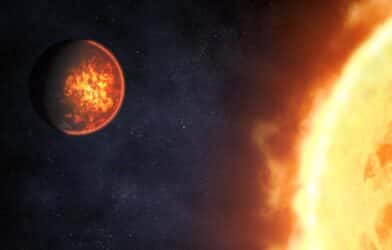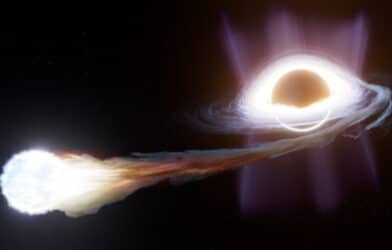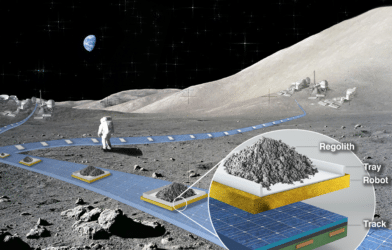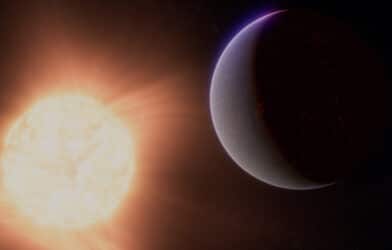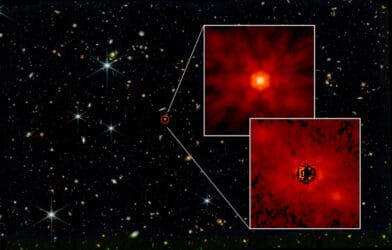NASA’s Parker Solar Probe this summer achieved its closest approach to the Sun’s surface, providing invaluable insights into the secrets of our star. In late June, the probe reached a distance of 5.3 million miles from the solar surface, where temperatures soar above 10,000 degrees Celsius.
This marks the probe’s 16th orbit around the Sun, and it emerged unharmed while traveling at a staggering speed of 364,610 miles per hour, equivalent to the distance from London to Edinburgh in just over three seconds.
During its closest planned approach, the probe will come within 3.8 million miles of the Sun and reach speeds of around 430,000 mph (700,000 kph).
To withstand extreme conditions, the Parker Solar Probe is equipped with a solar shield that can endure temperatures approaching 1,377 degrees Celsius (2,500 degrees Fahrenheit), while the payload remains near room temperature.
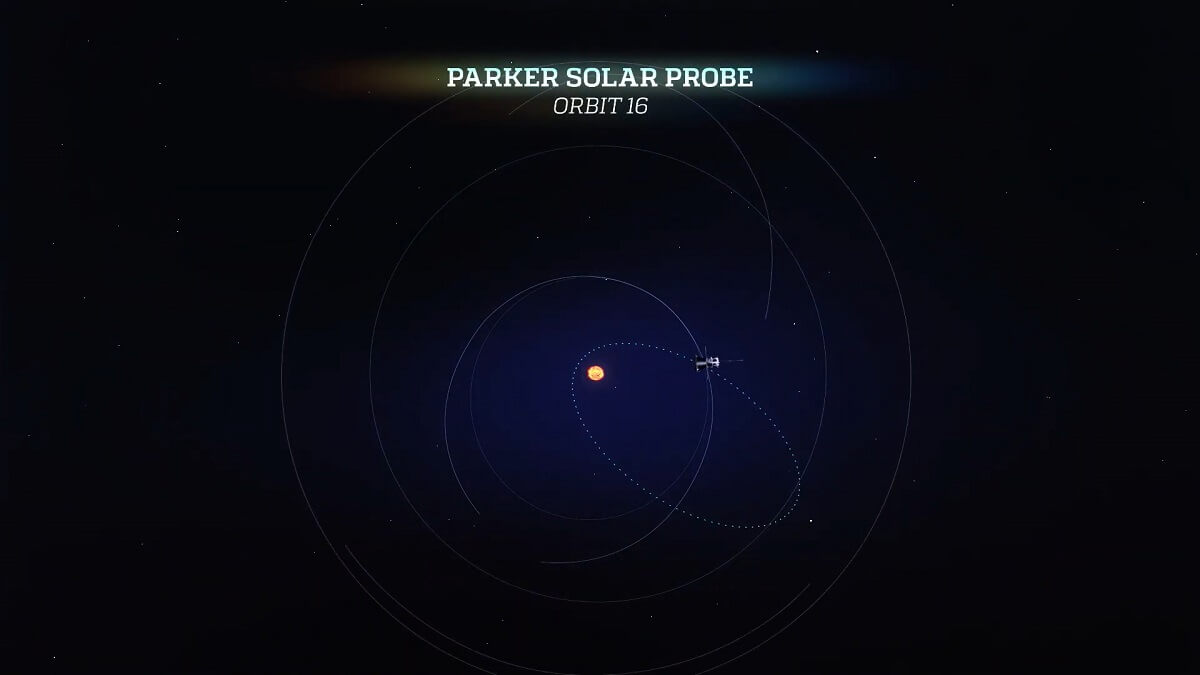
This record-breaking close approach surpasses the previous milestone set by the Helios 2 spacecraft in 1976, which came within 27 million miles of the Sun. The Parker Solar Probe will be about a tenth as close as Mercury, which is typically 36 million miles away from the Sun on average.
The mission’s primary objectives are to investigate the movement of energy and heat through the solar corona, as well as to explore the mechanisms behind the acceleration of solar wind and solar energetic particles.
Scientists have been seeking answers to these questions for over six decades, and now, with advanced thermal engineering techniques, they can finally send a probe through the blistering heat of the corona.
“Parker has already taught us so much, allowing us to investigate the source of the solar wind and discover more about the magnetic activity within the corona,” says Nour Raouafi, Parker Solar Probe project scientist at Johns Hopkins Applied Physics Laboratory (APL), in a media release. “We’re excited to see what else this mission has to show us as Parker gets even closer to an increasingly more active Sun.”
The spacecraft and its instruments are shielded from the Sun’s intense heat by a 4.5-inch-thick (11.43 cm) carbon-composite shield.
By flying close to the Sun, the Parker Solar Probe will observe the solar wind transitioning from subsonic to supersonic speeds, and it will venture through the birthplace of the highest-energy solar particles.
Equipped with four instrument suites, the probe will study magnetic fields, plasma, energetic particles, and capture images of the solar wind.
After its latest orbit, the probe will make its sixth flyby of Venus, utilizing the planet’s gravity to tighten its orbit around the Sun for the next perihelion pass, which will bring it as close as 4.5 million miles from the Sun’s surface.
The Parker Solar Probe is part of NASA’s Living With a Star program, which aims to explore the Sun-Earth system and its direct impact on life and society.
South West News Service writer Jim Leffman contributed to this report.
